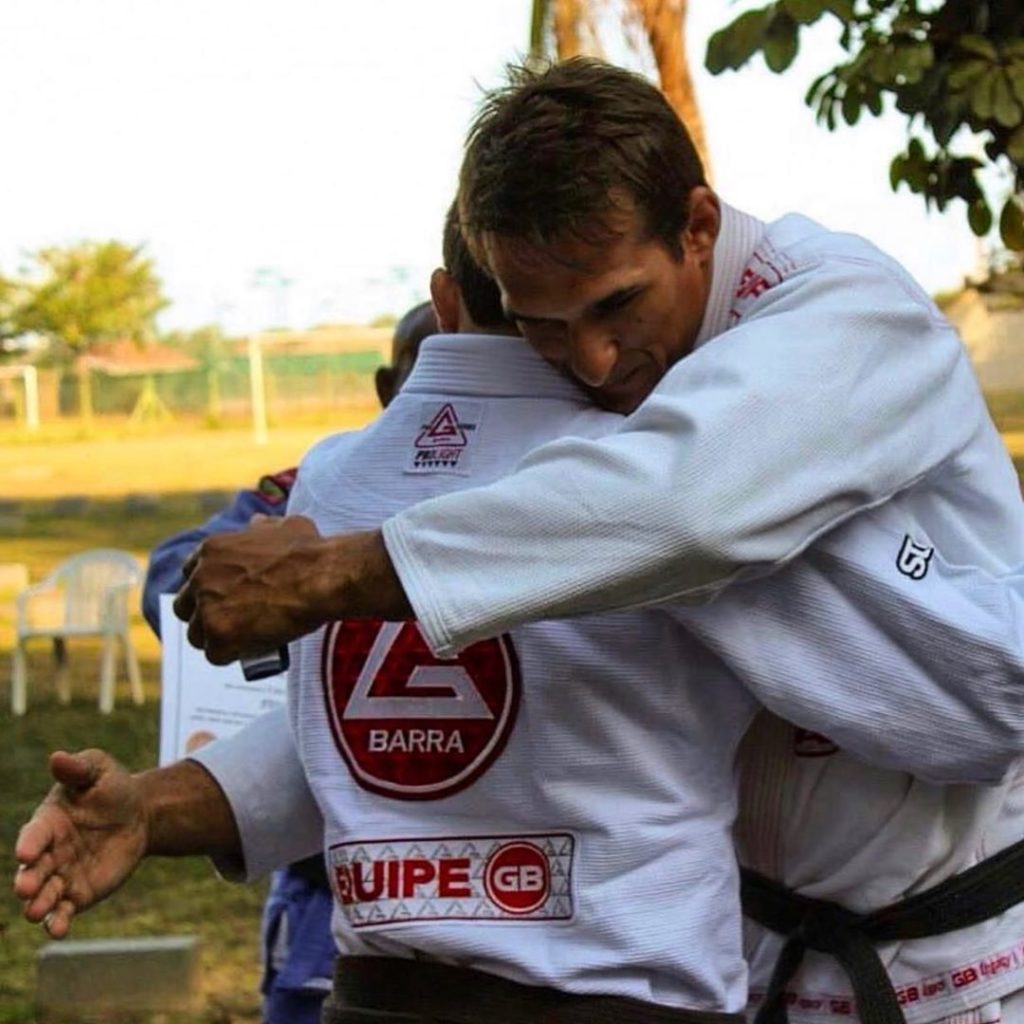GB Values: Jiu-Jitsu Culture

There are a number of aspects of Jiu-Jitsu culture that make Jiu-Jitsu such a unique and addicting activity. We sometimes talk about these less obvious parts of Jiu-Jitsu in the Gracie Barra school after training. New students come into their first martial arts school looking to learn some self-defense techniques and maybe get into better shape…and then discover that there is a lot more to the culture than first meets the eye.
ㅤ
Most traditional martial arts teach the values of respect, discipline, cooperation, and many other positive things. But I’ve talked with many Gracie Barra students who express how pleasantly surprised they are to find out that coming to Jiu-Jitsu class isn’t only about arm locks and chokes.
ㅤ
What are some of these positive parts of Jiu-Jitsu culture at Gracie Barra?
ㅤ
Willing to help. Perhaps the first thing new students at the Gracie Barra school notice is how helpful the other students are. When you are first starting out there are so many things that you don’t know: how to tie your belt!, the etiquette of bowing and lining up, how to perform a certain technique or perform a warm-up exercise. Instead of feeling left on your own to fumble around and trying to figure it out, the more experienced students are super friendly and ready to help.
ㅤ
A long Jiu-Jitsu culture tradition at Gracie Barra is for more experienced belts to get paired with a newer student to help them along. The new student would quickly become embarrassed and discouraged if they felt they were being snickered at for not being able to perform a technique. Instead, the higher belt remembers what it was like when they were first starting out and patiently stops to correct and encourage. You will see the higher belts have an open and helpful attitude in sharing their experience with the new student.
ㅤ
Many new Jiu-Jitsu students have expressed how helpful the senior students were after rolling. The new student may have been swept and submitted all over the mats but found the higher belt more than willing to share what they may have done wrong and how they can defend next time. The helpful attitude extends to showing how you got tapped and some advice for next time.
ㅤ
Respect between levels. I’ve heard Jiu-Jitsu culture described as a meritocracy. That is, the student of Jiu-Jitsu is judged by their attitude towards the other students, the sincere effort that they demonstrate in class, and their willingness to come back to train the next class after a challenging session.
ㅤ
Your job doesn’t matter. Whether you went to college or not doesn’t matter. What kind of car you drive doesn’t matter on the mats. When you bow onto the mat in class, you are treated with the same respect as every other student.
ㅤ
Many new students are surprised at how open and respectful the senior students were to them. Black belts training alongside complete beginners and treating them as part of the Gracie Barra team from the beginning.
ㅤ
Jiu-Jitsu Brotherhood.
In addition to the satisfaction and reward of belonging to the team in your home Gracie Barra school, the Jiu-Jitsu brotherhood extends quite literally all over the world.
ㅤ
Many Jiu-Jitsu addicts will pack a rash guard or gi in their suitcases when they travel. A search on the web will show where the Jiu-Jitsu schools are in any city around the world (and there are more than 600 Gracie Barra schools worldwide!) and make a special effort to visit the school and get in a few holiday rolls.
ㅤ
Few other pursuits have this culture of openness where a stranger from another country can show up (and borrow a gi!) and immediately find themselves in a room full of new friends. Of course, you need to snap a photo together with your travel bjj buddies for your Instagram. An awful lot of cool people have connected through visiting other Jiu-Jitsu schools of traveling and sharing the love for the art.
ㅤ
These are a few of my favorite aspects of Jiu-Jitsu culture at Gracie Barra.
ㅤ
What is YOUR favorite aspect of Jiu-Jitsu culture?
ㅤ
See also on GB: Fitness for Jiu-Jitsu
ㅤ
Credits: Mark Mullen
Gracie Barra Black belt based in Asia
